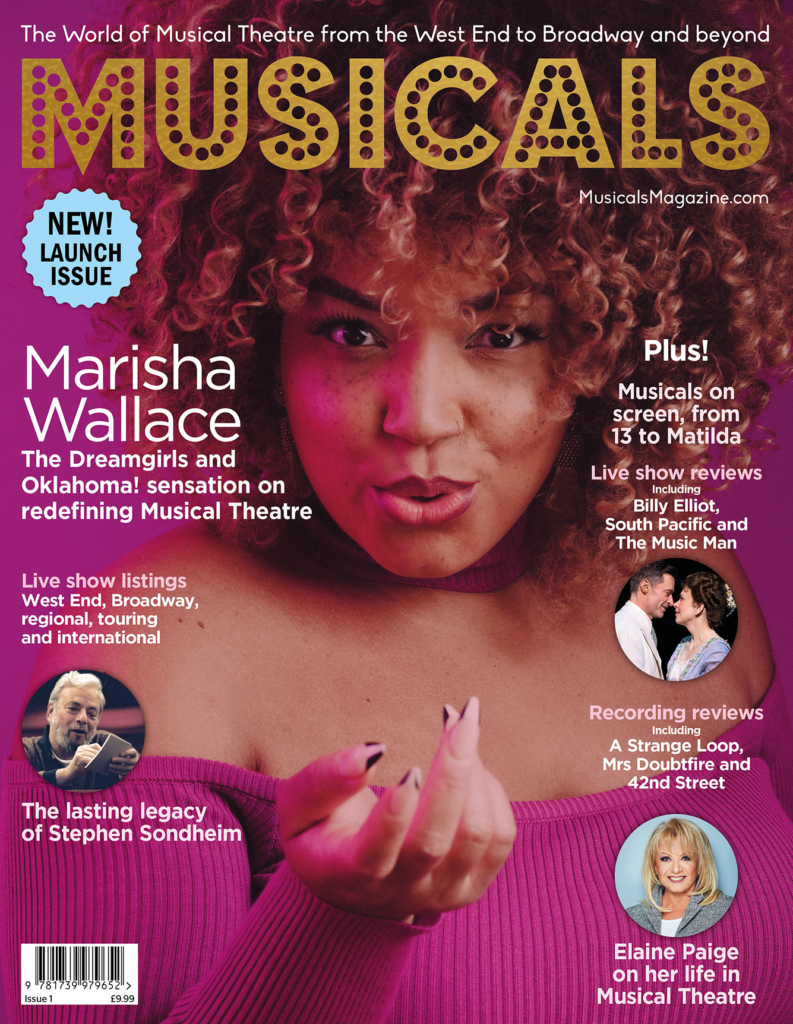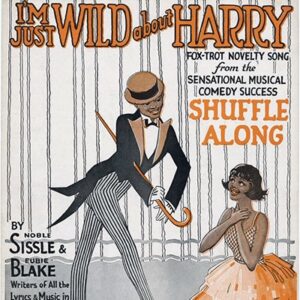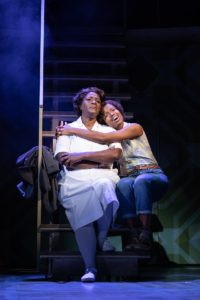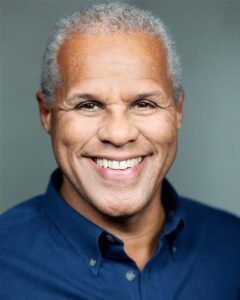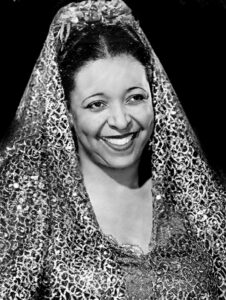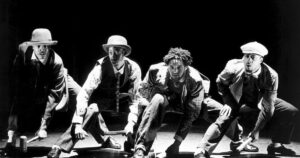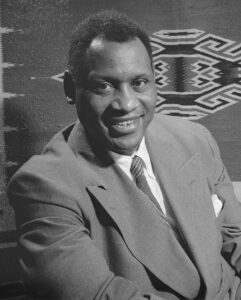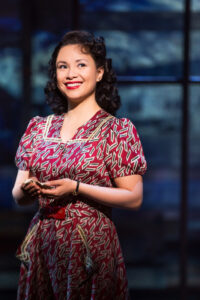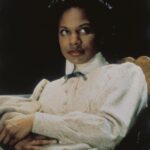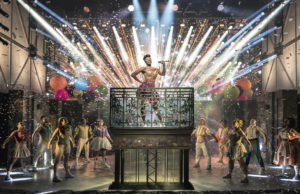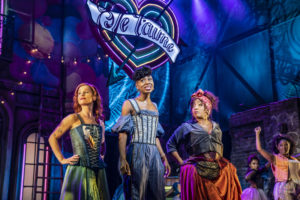There’s a new magazine for musicals lovers on the newstands its hard to miss with the title Musicals embossed in gold. and a photo of Marisha Wallace inviting you inside.
You may not be able to judge a book by its cover, but the inside of Musicals Magazine certainly lives up to its front page. Top marks to the Art Director Veeson Ho.
I especially like the use of black type. When I was involved in theatre season brochures (and web pages for that matter), I had many battles with designers over the colour of fonts and backgrounds. The fact is, black on white is the easiest to read. Interweaved with big clear photographs, this magazine is a pleasure to look at.
Which is as you would expect from Mark Allen, one of our leading specialist magazine publishers. Among the dozens of magazines this company produces are Gramophone and Opera Now. Not to mention a number of titles that sound like the guest publication on Have I Got News For You. So, they know what they’re doing and it shows.
Musicals Magazine starts with a ton of news and gossip- you might be familiar with quite a bit of it if you keep up with theatre news via other media but you’ll probably still find a few things you didn’t know. I myself wasn’t aware that Boublil and Schonberg have regained the rights to Martin Guerre and will be reviving it in 2024.
These pages are interspersed with what presumably will become regular features. Many are short interviews with musical stars dressed up in various ways. There’s Countdown to Opening Night, which in this issue features Carrie Hope Fletcher talking about her new show The Caucasian Chalk Circle. And its antithesis Countdown to Closing Night, where Sam Tutty bids farewell to Evan Hansen. In Rising Star, Anoushka Lucas, who wowed us in Oklahoma!, tells us her history and her future, and there’s Backstage with.. which is another angle on the interview with musical star format. In this case, the amazing Miriam-Teak Lee talks about & Juliet.
If you’re someone who is interested in the ‘music’ bit of musicals, two very useful features are aimed at you. Behind The Song sees Joe Stilgoe analysing Being Alive from Company. For example, he points out the effective use of particular syllables on a repeated major seventh note, and in Keeping Score Jason Carr tells us what makes Fiddler On The Roof special.
On top of that, there’s a report from Broadway, a New Musicals spotlight, and a feature that reminds us of older musicals that have slipped from view: Bring Back That Show! In this case, it seems Elton John’s Aida may be making a comeback. And finally Venue Focus, a short piece on Theatre Royal Drury Lane packed with fascinating facts- did you know it’s the only London theatre with two Royal boxes, all because a family rivalry between George III and his son.?
And that’s just the first 20 pages.
Then come the big features. Leading off is an interview with cover star Marisha Wallace. I saw her performances in Hairspray and Oklahoma! in which she lit up the stage in supporting roles. She also looks fantastic on the cover, but I’m still surprised that she is the choice for the ‘Big Interview’. I’m not talking about her talent which is undeniable but her visibility, that extra attraction that an A-lister brings, which, despite the title of the article, she isn’t… yet.
The interview is conducted by one of many heavyweight journalists who have contributed to this first issue. Edward Seckerson used to be Chief Classical Music Critic for The Independent. It’s a well organised and well written feature that offers many insights into the life, career and ambitions of a musicals performer whose reputation grows with every show.
Another journalistic heavyweight to contribute to this premier issue is David Benedict, previously arts editor of The Observer and now a stalwart of The Stage newspaper. He’s the authorised biographer of Stephen Sondheim so who better to write about three of his finest works Company, Sweeney Todd and Assassins? His analysis of is knowledgeable and informative, and written in a lively style.
On to the next feature, and another top theatre journalist- Matt Wolf, currently theatre critic for the New York Times, and former theatre critic at Variety. Here he writes about movie versions of stage musicals. He uses surprisingly long sentences for a journalist- you might be welcoming two more prime ministers before you come to a full stop- but his analysis of what’s good about the films of West Side Story, tick…tick… boom and Everybody’s Talking About Jamie is thought-provoking. And that’s another point about this magazine: articles in depth on subjects that would hardly ever be covered by national newspapers and magazines. This magazine offers a rare opportunity to gain detailed insights and information on the world of musicals. I don’t like films of stage musicals anything like as much as Matt Wolf but I was intrigued to read what he believes is in their favour. It’s a world better than reading an opinion in 280 characters on Twitter.
Even the reviews which follow the features are twice, in some cases four times as long as you would expect in the so-called quality newspapers, which tend to be restricted to 300 words. Among the reviewers, we have once again Matt Wolf, reporting on Broadway’s big events. You’ll also find luminaries from The Stage such as Tim Bano and Matthew Hemley, as well as Marianka Swain formerly UK Editor in Chief at Broadway World and now a regular at the Telegraph. They all get the chance to expand on their experiences. So often media reviews focus on the West End, but here most of the shows were seen outside the centre of London.
Elsewhere there’s yet another feature on a subject you’d be lucky to see anywhere else, certainly not in this depth, namely a survey by the magazine’s editor Sarah Kirkup on the organisations and people that are encouraging new musical artists and work.
And at the back end, another treat- record reviews. How often do the dailies and weeklies cover cast recordings? Here there are about a dozen plus a couple of other albums featuring musical stars.
Just before you put down this satisfying read, there’s the bonus of the legendary Elaine Paige reminiscing on her favourite musical moments from her life. Or it could be the first thing you see if, like me, you flick through from the back.
So, lots of positive things to say about Musicals Magazine which is out now. The next one is not due until April next year, after which it will appear every two months. And while the launch issue costs £9.99, it appears future issues will cost just under £7, less if you subscribe.
If you’re a serious fan of the musical, you may wonder how you ever did without it.
For more information about Musicals Magazine visit the website musicalsmagazine.com
Paul was given a complimentary copy of Musicals magazine to review
